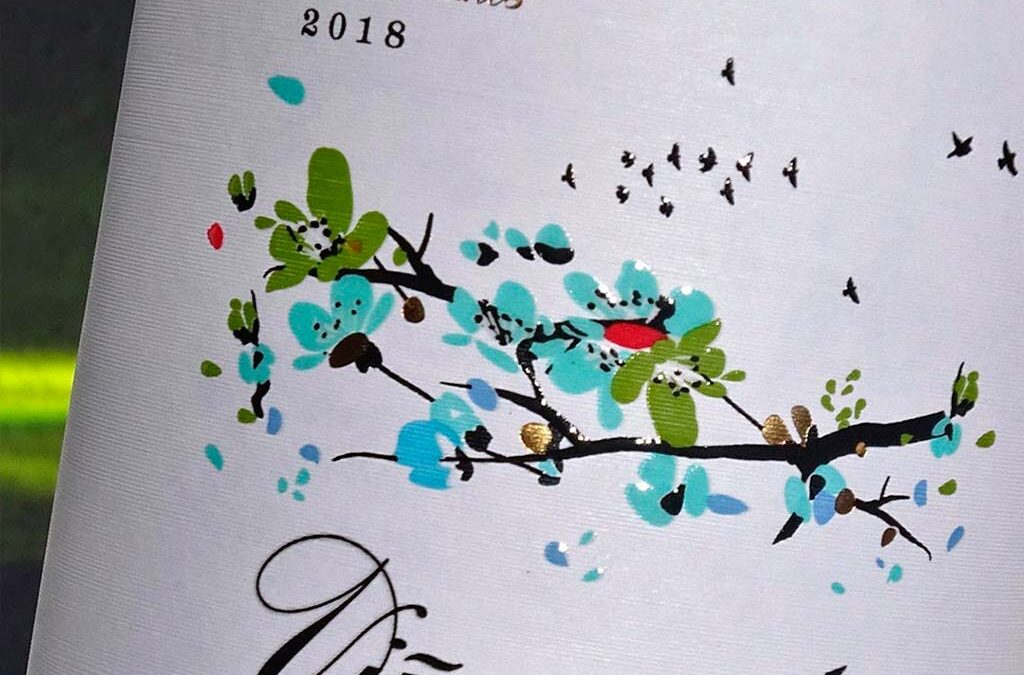
Text: Mara de Miguel @by_marademiguel | Photos: The images and photographs in this article come from the official websites and social media profiles of the winery or winery mentioned. The main image is the new label of the popular Viña Verde wine, from Bodegas Pérez Barquero.
Reading time: 5 minutes
Pinot Noir, Lairén, Syrah, Torrontés are some of the grape varieties that are also authorized by the Regulatory Council of the Montilla-Moriles Denomination of Origin and the Ministry of Agriculture in the province of Córdoba and that give very good results.
We all know that the Pedro Ximénez grape variety is the queen of the fortified wines of Andalusia, in the Montilla-Moriles region. But in the towns of Córdoba there are more authorized varieties, both red and white. Traditionally they have been blended to have more dynamic young wines. Some were filler grapes, which gave kilos and had less quality, but in recent years, thanks to technology, new machinery and good know-how, we can find single-varietal wines that empower these varieties.
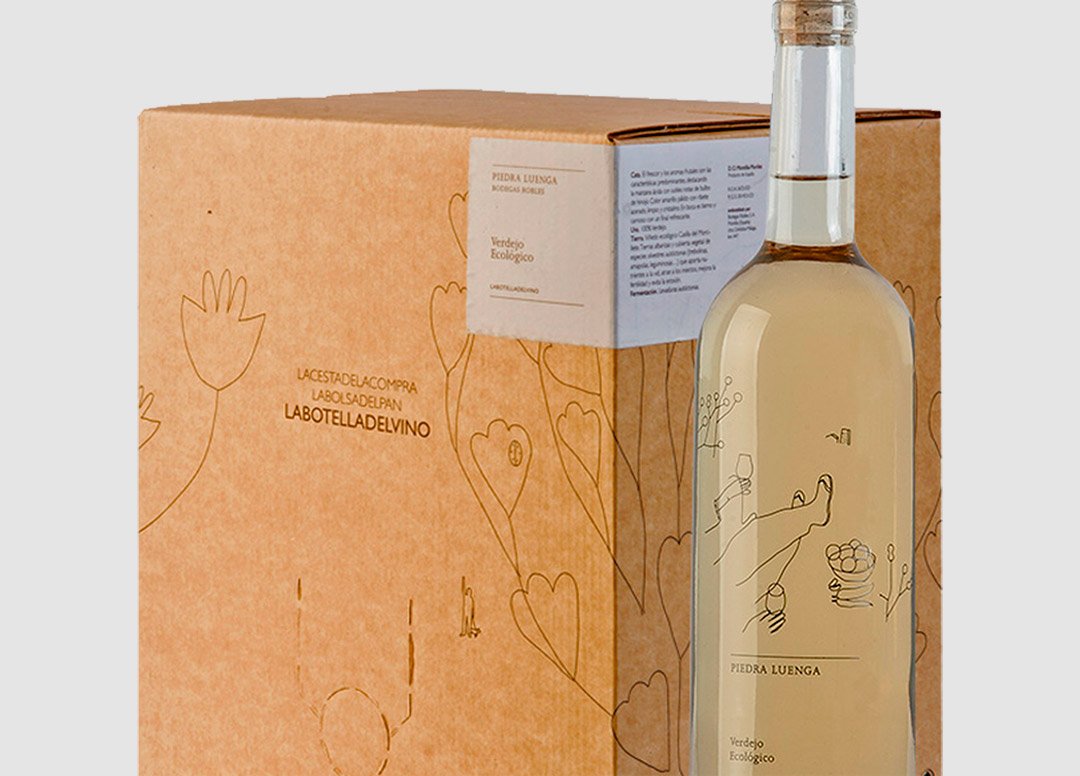
Verdejo white grape, fresh aromas
We start with the 100% Organic Piedra Luenga Verdejo from Bodegas Robles. This wine, always refreshing, comes from one of the varieties of another denomination of origin such as Rueda, which is what has made it fashionable. In the case of Robles, this wine shows very interesting aromas of green apple and fresh fennel bulb .
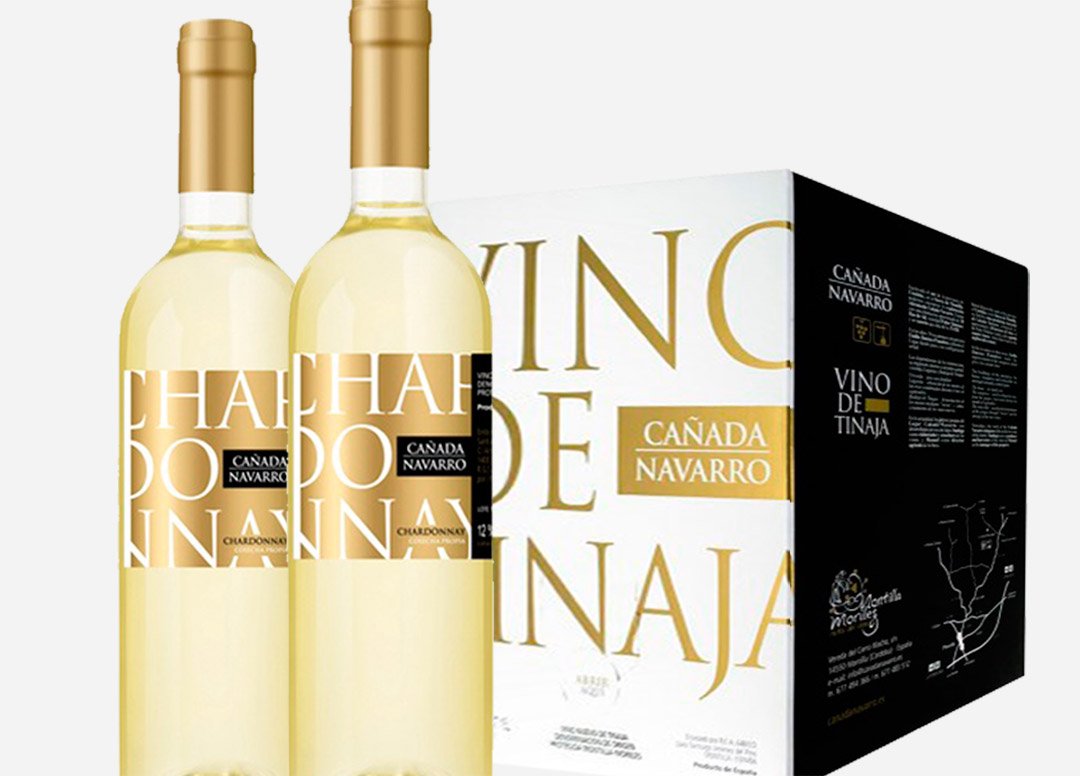
Chardonnay, the great white grape
The most planted grape, not by kilos but in terms of designations of origin, throughout the world wine map, is the white Chardonnay grape, which is phonetically pronounced //Chardoné//. In Montilla Moriles it could not be missing either and there are some interesting references such as the one produced by the Lagar Cañada Navarro or the Cooperativa La Unión. It is the great grape par excellence since there has been Saint Google and social networks and, in all honesty, it is the perfect grape for any type of soil, climate or resistance to pests. You just have to choose the necessary rootstock well and there will be Chardonnay anywhere. At the moment, there is no one who has dared to make a California-style Chardonnay with aging in barrels, and the preparations are intended for refreshing and faster consumption wines, but I am sure that in a few years we will taste some.
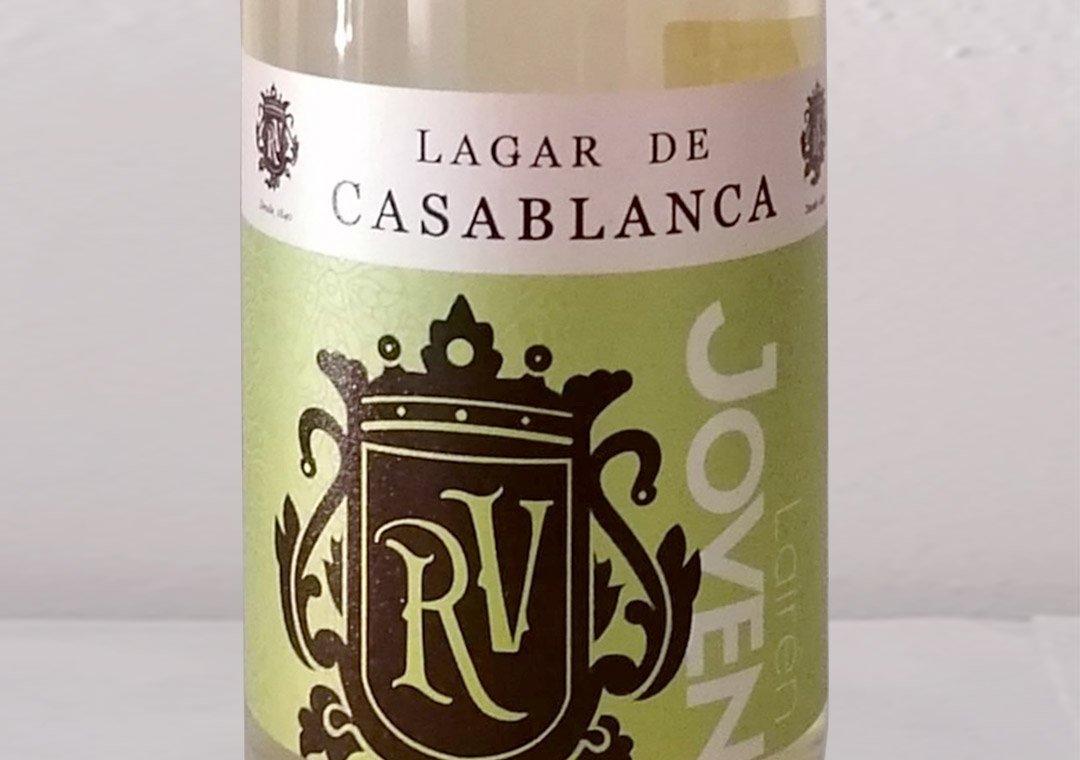
Casablanca Winery in Moriles, with the Lairén grape
If there is a grape with a past linked to Andalusia, it is Lairén. Many know it with other synonyms, as Francis Robinson says in his book Wine Grapes , such as Aidén, lairén, mantuo laéren, valdepeñas, lairén, liarén, laeren del rey, valdepeñera, valdepeñero, aidén, manchega, forcallada, layrén, forcallat blanca or forcaya . It is a variety that was already being talked about in 1470 in Southern Spain. Many confuse it with the Airén grape, but recent DNA studies have shown that they are not related in any way. Traditionally they have been mixed with other varieties and it is a rare bird to find it in single varietal form. Its aromas are reminiscent of soy almonds or bitter almonds. It provides good acidity and is interesting for young dry wines. A good example of this is the reference that the Casablanca Winery has in Moriles.
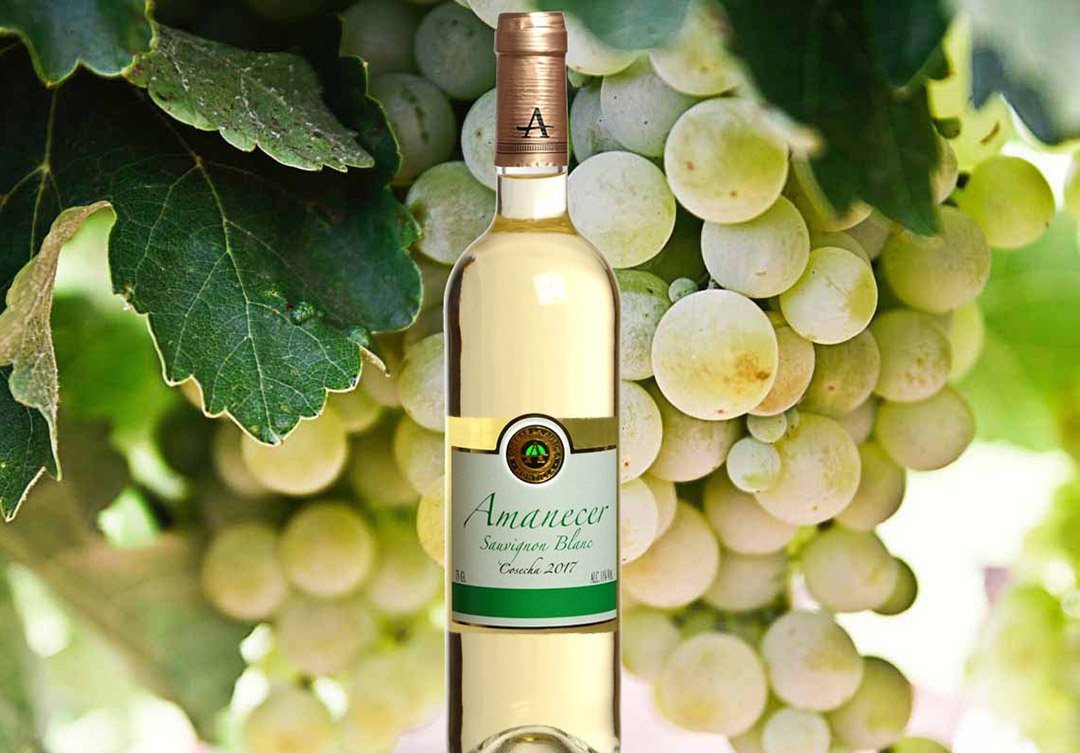
Tropical and white flower aromas with Sauvignon Blanc
If Verdejo is the trendy grape in Spain, Sauvignon Blanc is the trendy grape in the rest of the world. Due to its aromas of white fruits such as peaches and nectarines, and a touch of tropical aromas, it is very easy to drink and enjoy. In the region, you can buy a Sauvignon Blanc thanks to Bodegas La Aurora, which has been marketing it for a couple of years.
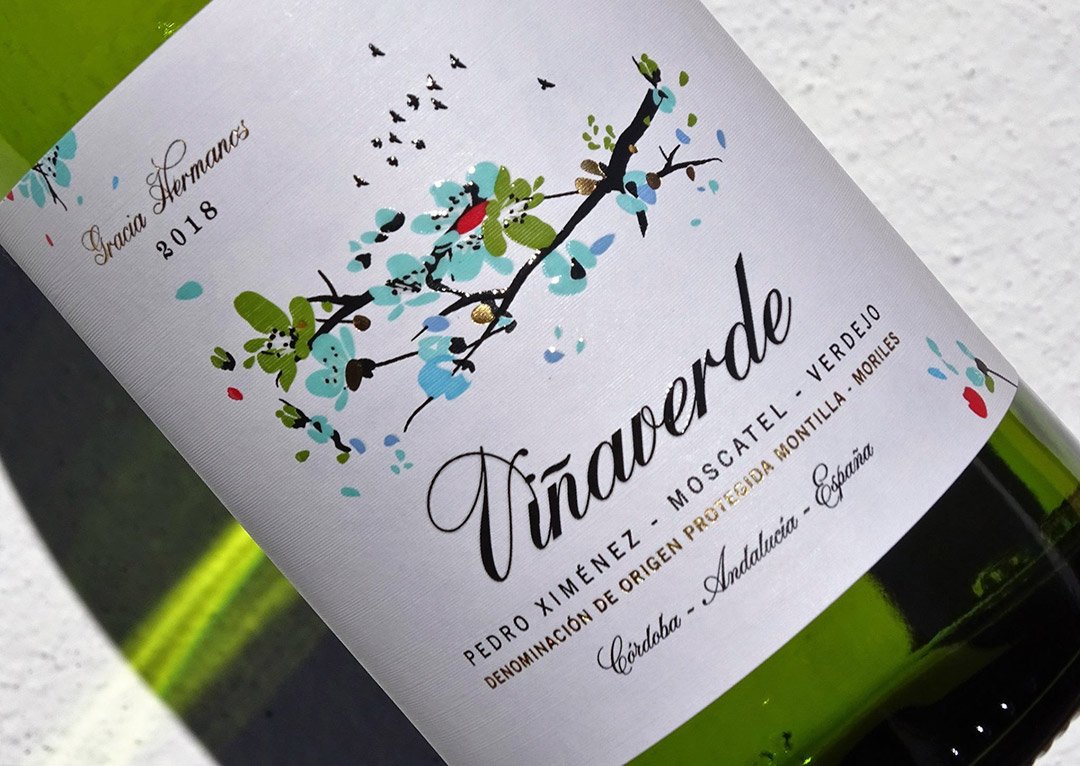
Torrontés de Montilla, grapes with their own name
Another interesting wine is Viña Verde, made from the Muscat grape, along with Torrontés and Verdejo and Pedro Ximenéz. A very interesting combination with an aromatic and dry wine. We focus on the Torrontés grape, which is one of the great unknowns, and which is used as a single varietal in Latin America with excellent results but, curiously, in Spain it is difficult to find it alone in a wine, despite how aromatic it is. Recent DNA studies such as that of Ibáñez Marcos in 2003 showed that there are 4 types of Torrontés grapes in Spain. The one that Jancis Robinson first mentions in his book Wine Grapes is the Torrontés de Montilla-Moriles, known as Torrontés de Montilla. I wish we were as proud of a grape that outside of Córdoba they call Torrontés de Montilla as they are with the Montepulciano grape from Abruzzo, or the Sagrantino di Montefalco in Italy, because that would empower our wines a little more. I drop it there.
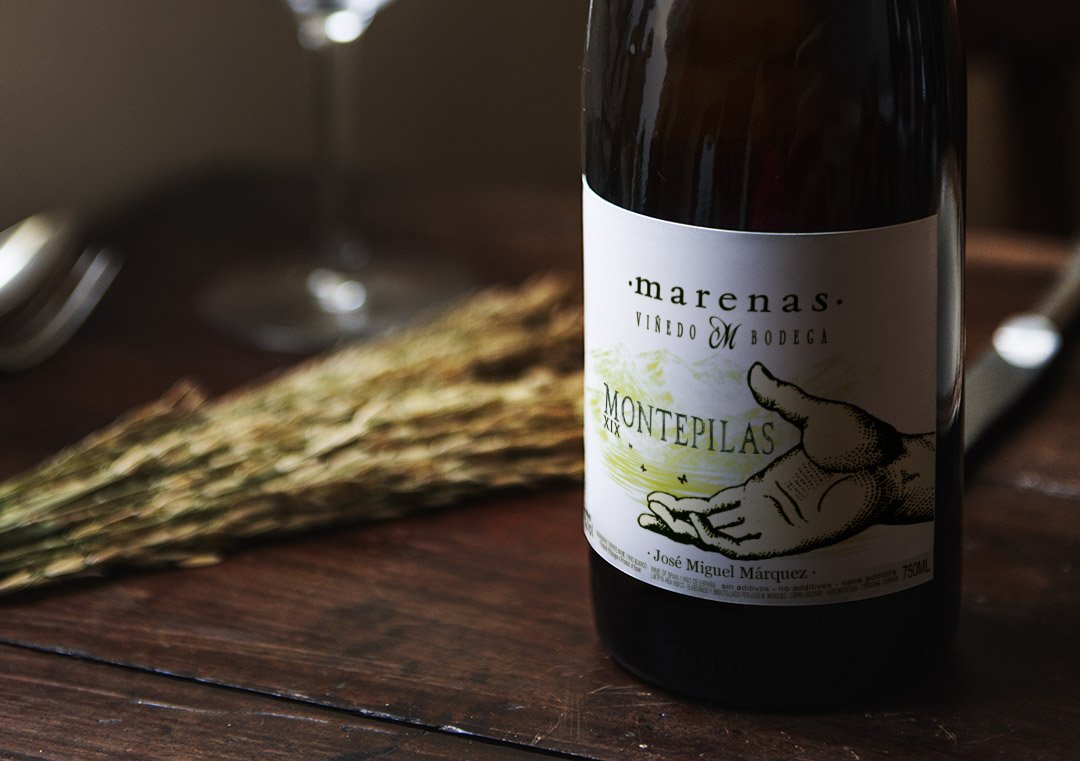
Montepila, journey towards the roots of Montilla
The native Montepila variety of Montilla is one of those authorized by the Regulatory Council and has been part of the history of this region. It’s interesting because there isn’t much documentation about this grape. At Bodegas Marenas they wanted to opt for making it single-varietal with great results and a saline wine, with aromas of fermentation and hints of citrus.
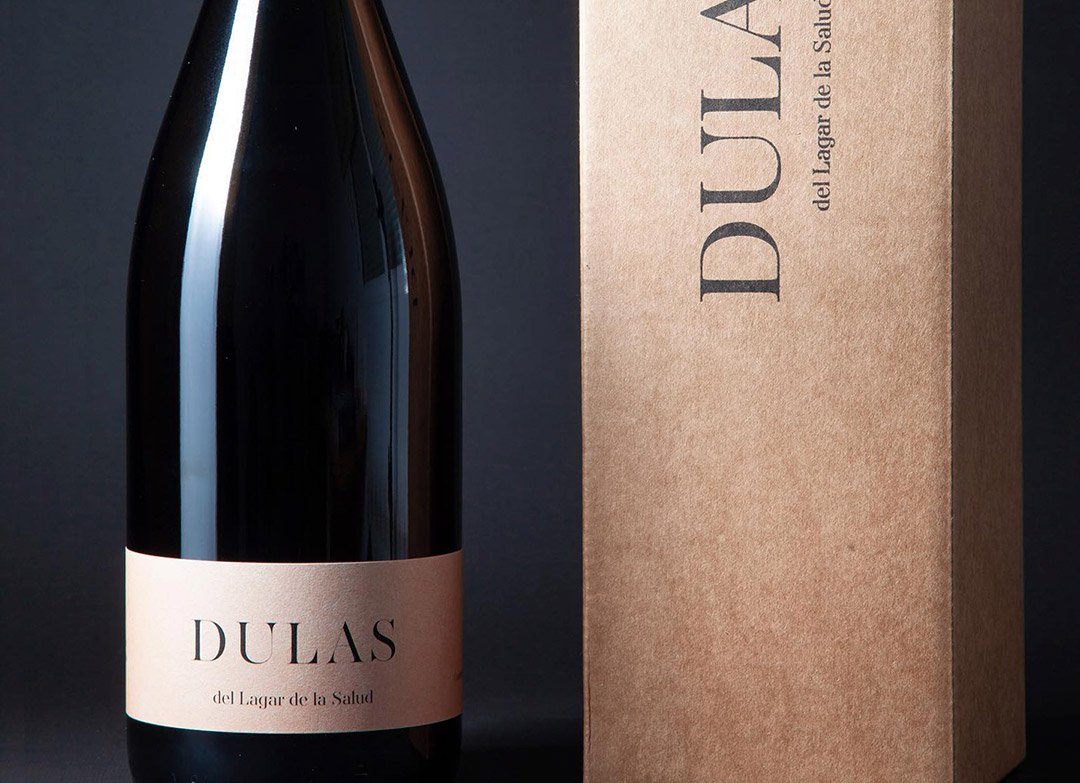
Cabernet Sauvignon, or full-bodied reds
A classic of foreign grapes that a few years ago became fashionable in the Córdoba area was planting the red Cabernet Sauvignon grape, from Bordeaux. Perhaps not all farmers chose the best rootstocks, such as 110 Richter or 140 Ruggeri, which can be adapted to the very particular climate of the area. Those that have known how to have a good harvest and a good preparation of what is expected of a cabernet have been Lagar de La Salud. Perhaps the payment conditions or the good workmanship also have a lot to do with whether it is a good international wine made in Córdoba.
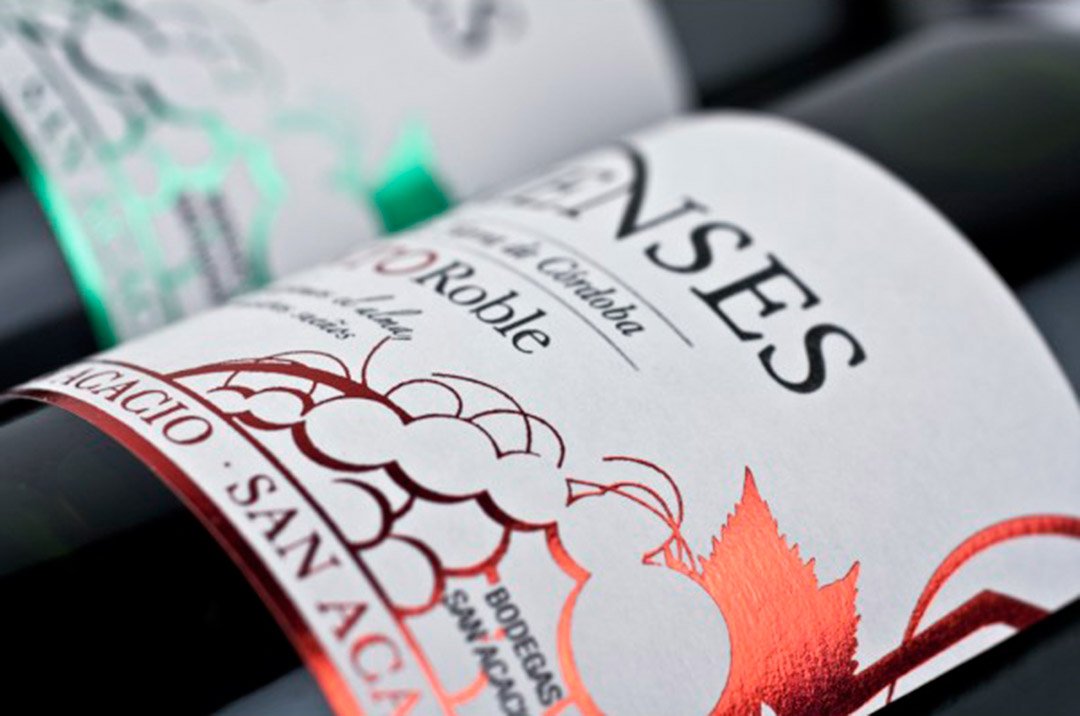
Tintilla de Rota, elegant in Montemayor
Tintilla de Rota, a very peculiar variety from Andalusia, which produces great aromatic and balanced wines, is also present in a grape blend that they make at Bodegas San Acacio in Montemayor in their Ulienses, both in the Joven and in the Crianza, with the Syrah and Tempranillo grapes. Made with great success, it is a wine that has a different touch from the rest of the area and it is precisely because of a good percentage of that grape.

Syrah, the Mediterranean grape
If there is a single-varietal Syrah that I think can be representative of Córdoba, it is the Primogénito from Bodegas El Pujío de Puente Genil. Full-bodied, but well polished, smooth, elegant wine that, in recent years, has become a classic on the wine lists in Seville or Malaga and also in Córdoba.
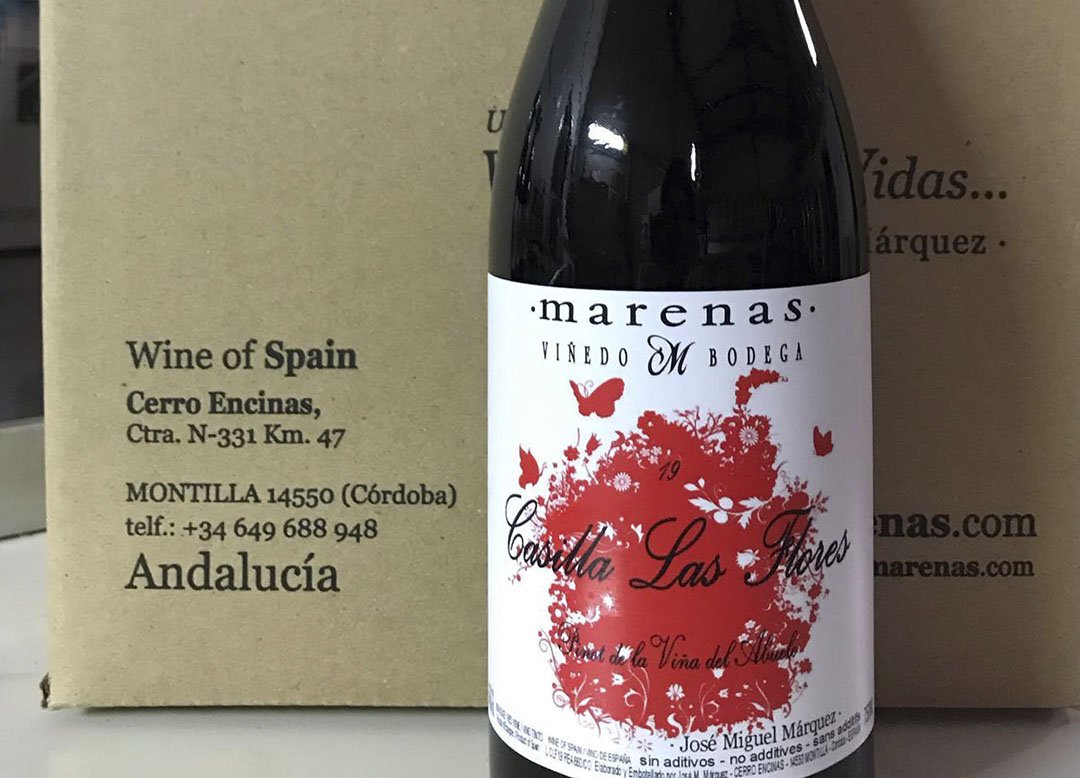
Petit Verdot, Monastrell or Pinot Noir
If there is a vigneron or a farmer-winemaker who has opted to have the maximum variety of grapes in his different plots, it is Jose Miguel Marenas. He makes natural wines and uses grapes such as Petit Verdot, with La Fanega de Ruperto, a wine that is a true delight. He is also one of the few that has Pinot Noir grapes, in his Casilla Las Flores, and Monastrell grapes with his Cerro Encinas. Tempranillo has become that red grape that participates in many of the red wines made in Córdoba such as Casa Viña-Zevallos, from Bodegas Pérez Barquero, Llanos de Palacio, from Bodegas La Aurora, or Valpina Rosado, from Navisa.

